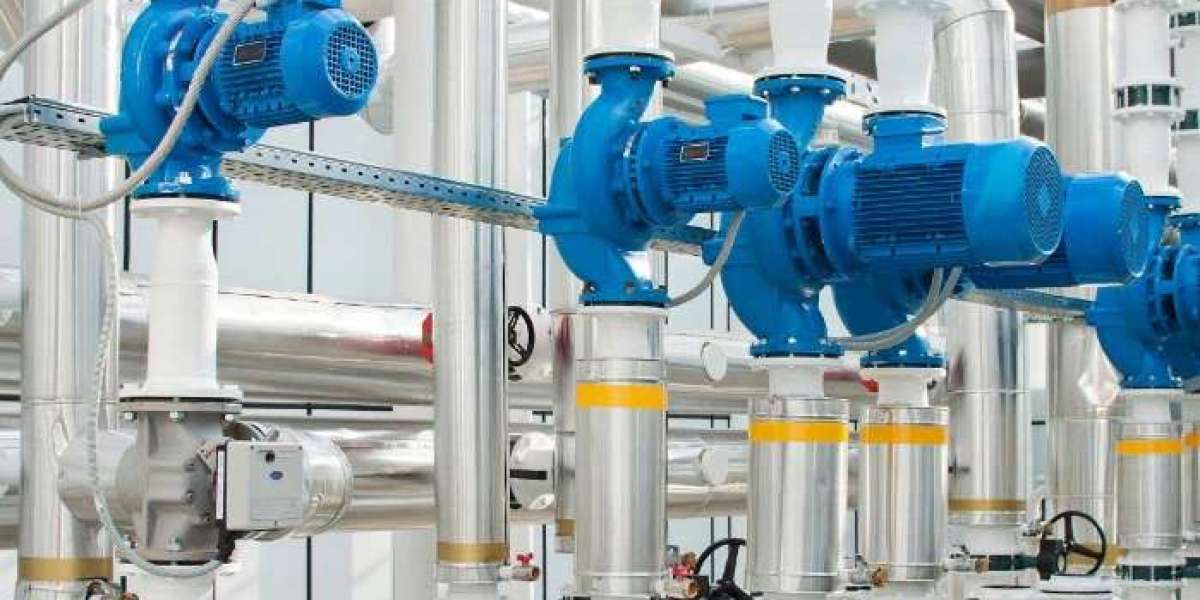In industrial applications where space is limited or where pumping is required from deep tanks, sumps, or reservoirs,Vertically Suspended Pump offer a practical and efficient solution. These pumps are engineered to provide reliable fluid handling, even in challenging environments. From design features to operational advantages and maintenance strategies, understanding vertically suspended pumps can help industries optimize performance and reduce downtime.

What is a Vertically Suspended Pump?
A Vertically Suspended Pump is a type of centrifugal pump where the impeller is mounted on a shaft that is suspended vertically over a sump, tank, or pit. Unlike horizontal pumps, these pumps do not require a dry floor space for installation, making them ideal for deep well or pit applications.
Key characteristics include:
Vertical shaft extending into the liquid
Pump bearings located above the fluid level
Compact installation with minimal floor footprint
Designed for high-volume and continuous operation
These pumps are widely used in industries such as chemical processing, power generation, water treatment, and oil & gas.
Design Features of Vertically Suspended Pumps
Vertically suspended pumps are designed for stability, durability, and efficient fluid handling. Key design elements include:
1. Shaft and Bearing Configuration
The vertical shaft is supported by a series of bearings above the liquid level. This configuration reduces shaft deflection and vibration, ensuring smooth operation even under high flow rates.
2. Impeller Design
The impeller is typically a closed or semi-open centrifugal type, optimized for handling clean or slightly abrasive fluids. The design allows efficient transfer of liquids from deep sumps or tanks.
3. Pump Column and Suction Bell
The pump column houses the shaft and often includes a suction bell at the bottom. The suction bell directs fluid into the impeller efficiently, minimizing turbulence and ensuring stable operation.
4. Motor Placement
The motor is mounted on the pump deck above the fluid. This keeps the electrical components away from liquids, enhancing safety and simplifying maintenance.
Advantages of Vertically Suspended Pumps
Vertically suspended pumps offer several advantages that make them a preferred choice in challenging industrial scenarios:
1. Space-Saving Design
These pumps eliminate the need for a dry installation area, making them ideal for plants where floor space is limited. They can be installed directly above sumps, tanks, or pits.
2. High Reliability and Stability
The vertical shaft design and bearing support reduce vibrations and shaft deflection, extending the life of the pump and minimizing operational disruptions.
3. Efficient Handling of Large Volumes
Vertically suspended pumps are capable of handling high flow rates efficiently, making them suitable for industries requiring continuous fluid transfer, such as power plants and wastewater treatment facilities.
4. Versatility
They can handle a range of liquids, including clean water, corrosive chemicals, and slightly abrasive fluids, depending on the material selection and design configuration.
5. Reduced Maintenance Costs
With bearings and motors located above the liquid, maintenance is easier, and the risk of liquid-induced damage to critical components is minimized.
Maintenance Tips for Vertically Suspended Pumps
Proper maintenance is crucial to ensure the long-term performance and reliability of vertically suspended pumps. Key tips include:
1. Regular Bearing Inspection
Check the bearings above the liquid for wear, alignment, and lubrication. Worn bearings can cause excessive vibration and reduce Overhung Pump life.
2. Shaft Alignment
Ensure that the vertical shaft remains aligned. Misalignment can cause impeller wear, vibration, and reduced efficiency.
3. Monitor Pump Performance
Keep track of flow rates, pressures, and vibration levels. Unusual readings may indicate blockages, cavitation, or mechanical issues.
4. Impeller and Suction Bell Maintenance
Inspect the impeller and suction bell periodically for damage, corrosion, or buildup. Cleaning and replacing worn components ensures optimal performance.
5. Lubrication and Sealing
Follow manufacturer guidelines for bearing lubrication and seal maintenance. Proper lubrication reduces friction and prevents premature wear.
Applications of Vertically Suspended Pumps
Vertically suspended pumps are widely used across industries, including:
Power Generation: Pumping cooling water or condensate extraction
Chemical Processing: Handling corrosive or high-volume liquids
Wastewater Treatment: Pumping sewage or sludge from deep sumps
Oil & Gas: Transfer of oil, water, or other process fluids from storage tanks
Their design flexibility allows them to meet the demands of both light and heavy-duty pumping applications.
Conclusion
Vertically suspended pumps are a versatile and reliable solution for industries requiring deep sump or tank pumping. With their compact design, high stability, and efficient handling of large volumes, these pumps are suitable for a wide range of industrial applications.
Proper maintenance, including regular inspection of bearings, shaft alignment, and impellers, ensures long-term performance and reduces downtime. By choosing the right vertically suspended pump and following recommended maintenance practices, industries can optimize efficiency, extend pump life, and achieve reliable fluid handling in challenging environments.



